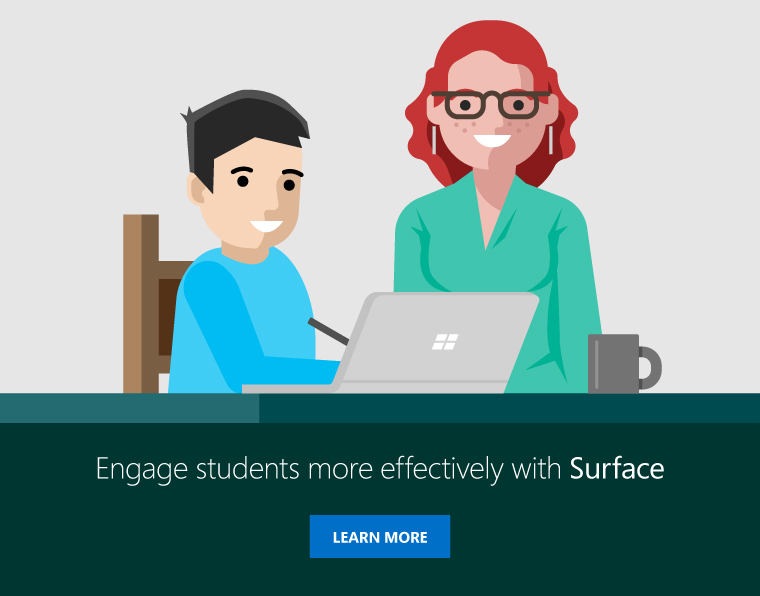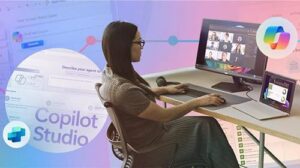
How JSU empowers faculty and students with Surface
| Focus on: Empower Employees, Optimize Operations |
Budget cuts are a common challenge for most public organizations, leading to the recurring organizational headache that comes with navigating finances. Public universities have the added challenge of attempting to keep up with the latest trends in education and teaching innovation, while maintaining an eye on their budget. Today’s digital innovation can help academic organizations transform learning experiences for their students and empower their faculty and staff. With the right digital solution, they can even cut costs.
Recently, Jacksonville State University (JSU) embarked on their own digital transformation. Located in Jacksonville, Alabama and founded in 1883, the public university now includes 8,700 students, 319 full-time faculty, and 178 part-time faculty. As with other colleges and universities around the country, JSU’s digital transformation enabled them to explore new ways to transform teaching and learning experiences through technology.
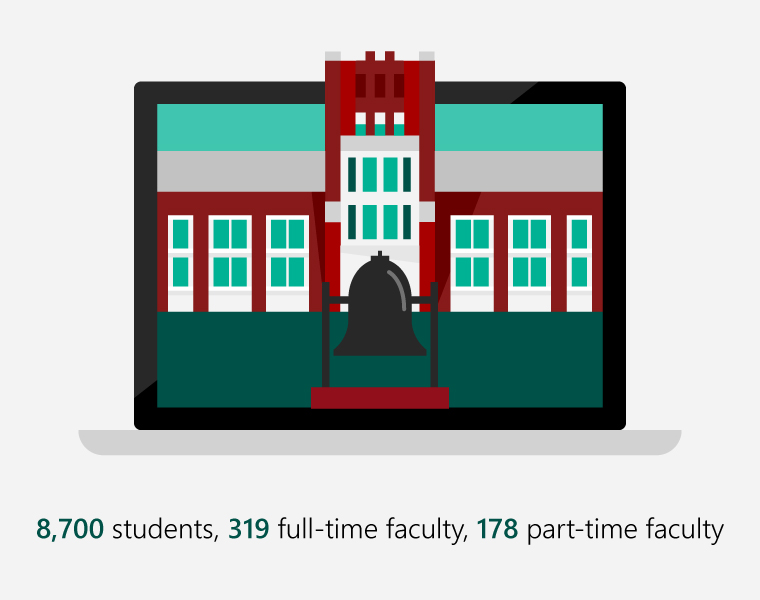
Finding a solution to modernize the JSU campus
As a public university, JSU relies on the state of Alabama to provide part of their overall funding, but recent state budget cuts have had a serious impact on the university. The state of Alabama went from funding 60% of JSU’s overall budget to funding 39% of their overall budget, translating into millions of dollars of lost revenue. As a result, JSU lacked the additional funding to invest in reliable, modern technology to adequately support their students, faculty, and staff.
“Faculty members couldn’t engage in a lot of the current trends in education, and the different tools needed to facilitate that,” explains JSU’s Chief Information Officer Vinson Houston.
Before their digital transformation, JSU educators relied on outdated technology, and most faculty used stationary desktop computers, limiting their mobility. Houston helped develop a faculty mobility initiative to provide all full-time faculty with a mobile device. They determined that the devices needed:
- to serve as faculty members’ primary computer,
- the versatility to be used in the office and the classroom, and
- the mobility to allow educators to use the device from home.
Experience-based comparisons between Surface Pro and industry competitors
As part of the initiative, IT Systems Consultant Andrew Higgins designed a hands-on trial experience for faculty to try out a variety of different mobile devices and brands. The “Petting Zoo” enabled educators to ask questions, explore capabilities, and choose which device they preferred. Higgins organized and facilitated each session, giving faculty access to nine different device options and an hour and a half to explore each one.

After JSU’s first two rounds of sessions, it was evident that faculty members overwhelmingly preferred Microsoft Surface devices. Out of a total of 160 faculty members during the first round of sessions, 74% chose a Surface device. Out of 127 total faculty members during the second round of sessions, 72% of faculty chose a Surface device.
“I just showed faculty the capabilities for each device,” said Higgins. “When educators saw what they could do with the Surface pen, and that they could walk around the classroom and do things wirelessly, they just jumped all over it.”
Using modern tools to streamline the edTPA assessment
The university’s Surface adoption transformed the way the School of Education managed its teacher performance assessment program, known nationally as edTPA. The new program requires prospective teachers to record and submit videos of themselves teaching in a classroom. Before JSU’s digital transformation, students used multiple different recording devices with access to very few capabilities. The variety of technologies also made it challenging for the IT department to address technical issues.
Microsoft Surface was also the most cost-efficient solution for JSU. According to Higgins, the university could purchase 50 Surface Pro 4 devices for roughly the same cost of purchasing 25 MacBooks. With Surface, JSU faculty were provided with all the cutting-edge features they needed, in addition to successfully keeping costs low.
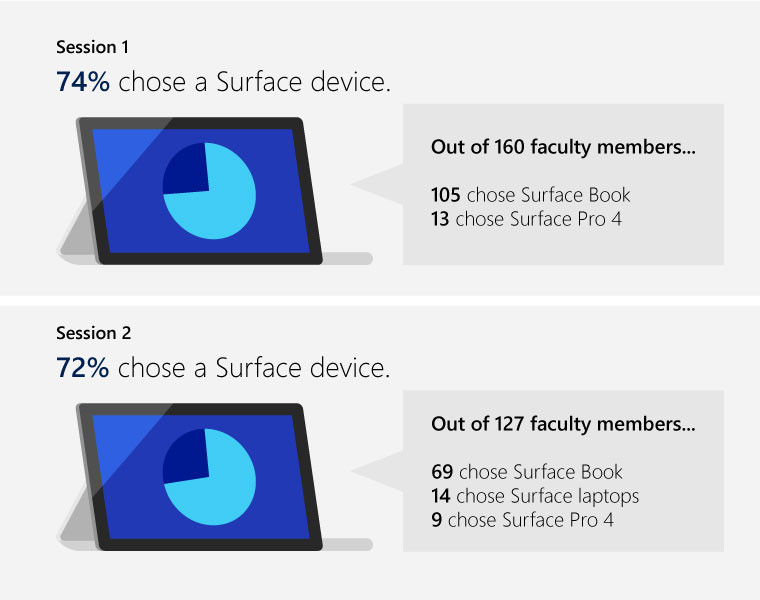
After purchasing Surface devices for the edTPA program, the School of Education can offer one standardized, innovative tool that improves portability and flexibility for all users. Surface also has a rear-facing camera to simplify recording, and provides the ability to record, edit, and submit on one device. Students now experience a much more streamlined process, allowing them to focus on developing into successful educators.
Transforming student and faculty experiences with cutting edge classroom technology
JSU’s Applied Engineering Department was also interested in Surface. With courses that rely heavily on diagrams, visuals, and complicated math formulas, they needed a device with powerful technology and versatile capabilities. With Surface, faculty and students now leverage more effective visualization tools, and use the Surface pen to increase flexibility and efficiency, which ultimately improves classroom engagement.
“Faculty use their Surfaces to walk around the room, and walk right up to students,” explained Higgins. “While they’re teaching, faculty can work one-on-one with students, and still be projecting their Surface screen so the rest of the class can see what feedback they’re giving each individual student.”
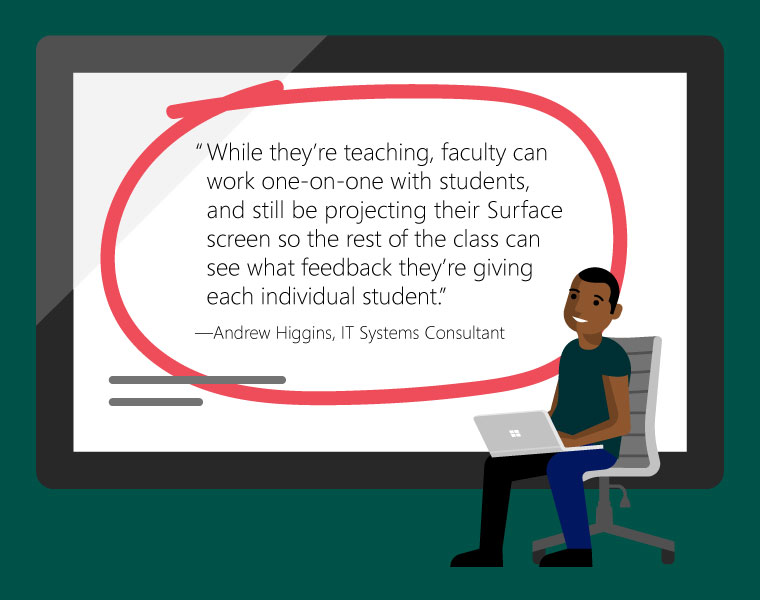
The impact of JSU’s digital transformation reached throughout the university’s academic schools and departments. For example, while searching for technology to support a new digital illustration course, the Art Department decided to experiment with Surface. After they expressed interest in Surface Studio, a Microsoft Surface representative traveled to JSU and conducted several workshops, trainings and demos. As a result, the department purchased 2 Surface Studios for their pilot illustration class and has plans to purchase another 2 Surface Studios for students to use freely outside of class.
Educators also reported improved efficiency and accuracy with their grading and feedback processes. With Surface, faculty members can download student papers and use the Surface pen to handwrite annotations and edits on screen. This allows students to more easily understand specific feedback, leading to positive academic results. And according to one educator, Surface’s features and capabilities have decreased her grading time by 50%.
“The Surface is flexible enough to use in the office—then take it to the classroom, detach it, and use it as a tablet. It was just a lot more versatile than some of the other options,” said Houston.
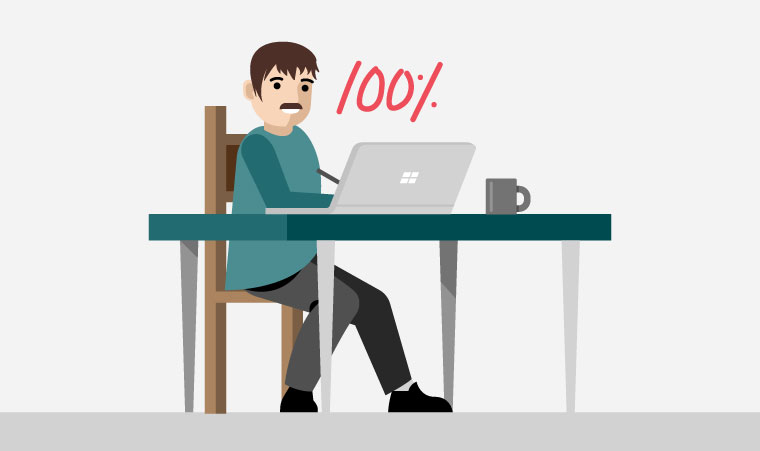
Designing classrooms to streamline and enhance education experiences
Through JSU’s faculty mobility initiative, the university implemented digital solutions that empowered the entire campus community, while keeping costs low. The success of the entire digital transformation process motivated Jacksonville State to keep developing its university technology. JSU is in the process of exploring new ways to connect faculty and student devices using technology like screen sharing. And looking to the future, JSU plans to continue adopting innovative technologies, providing their students, faculty, and staff with digital solutions to transform their university experience.
Related Content

